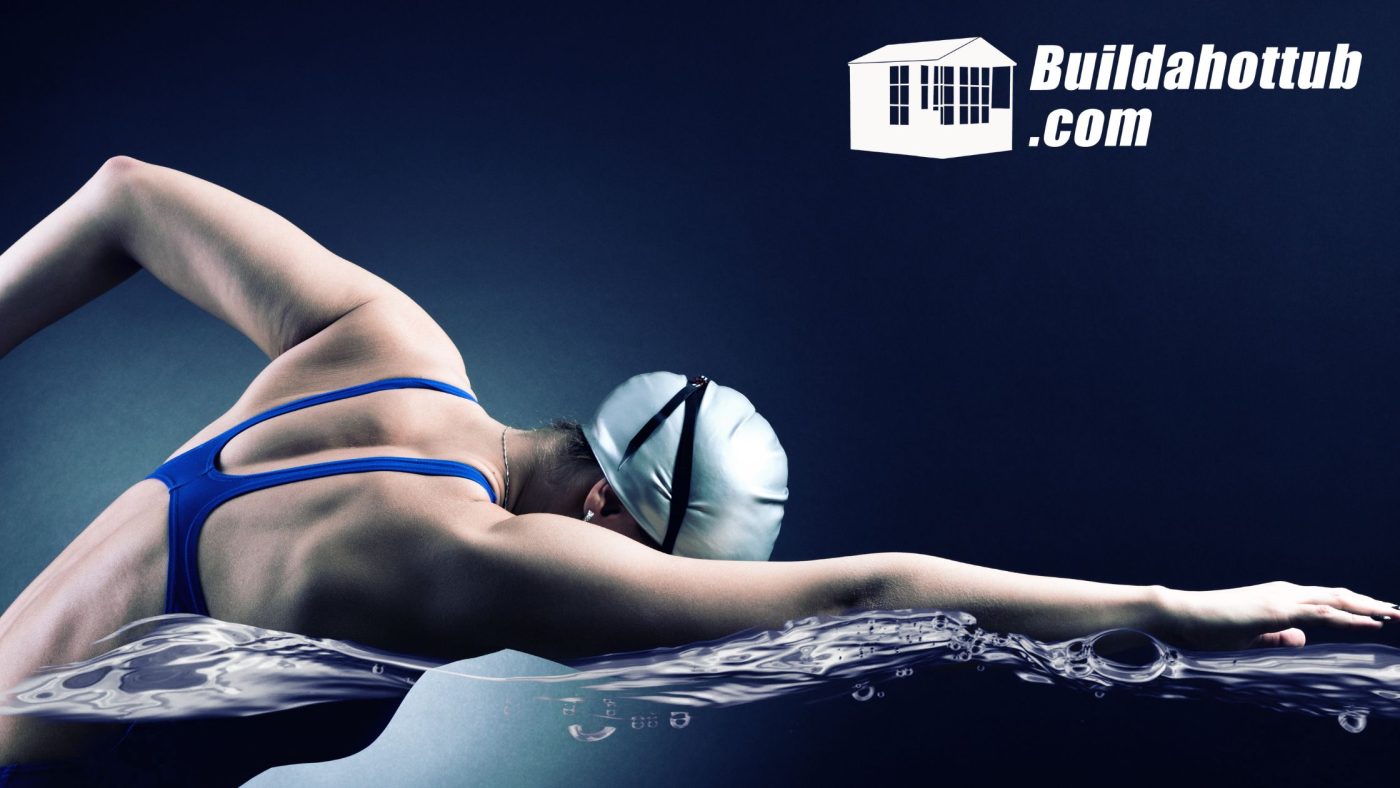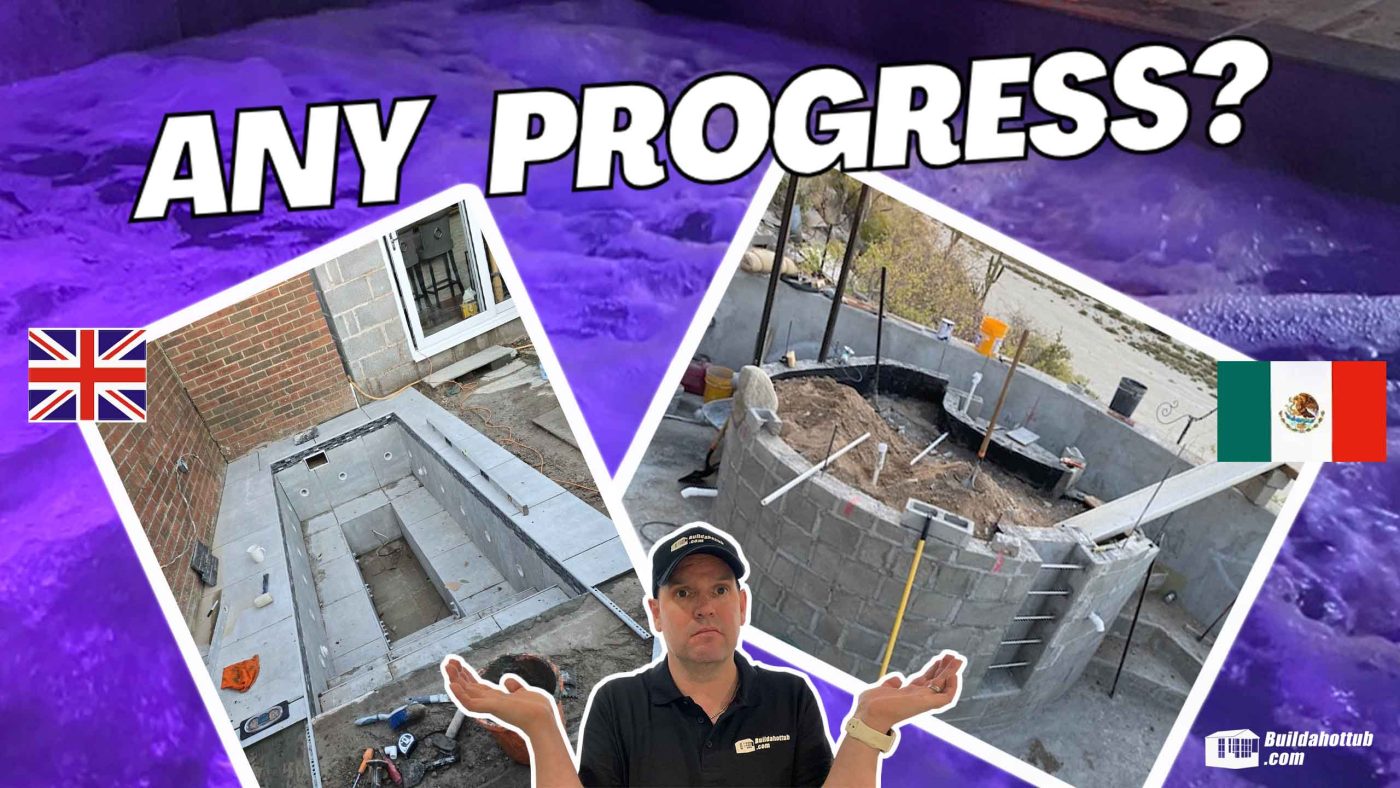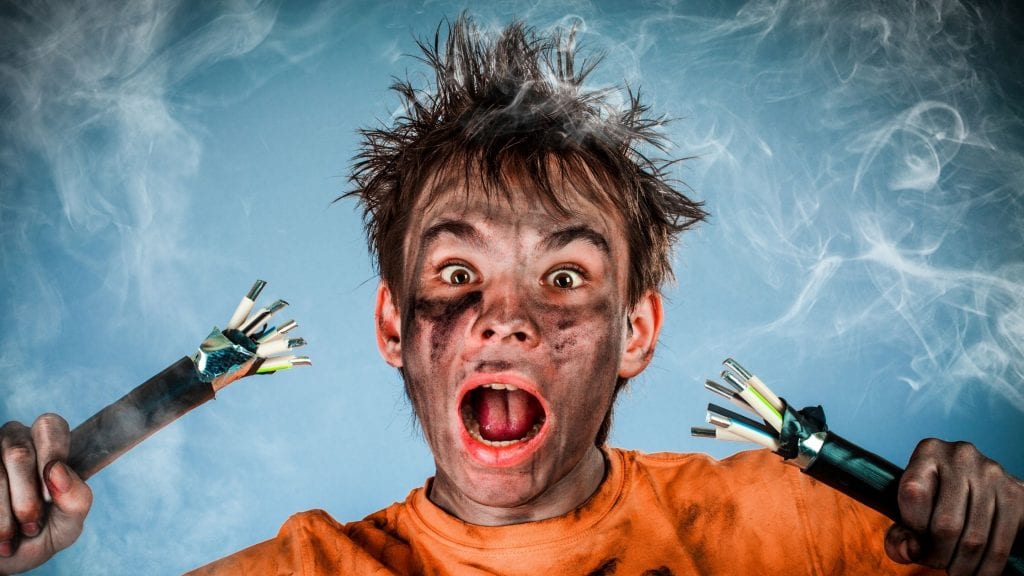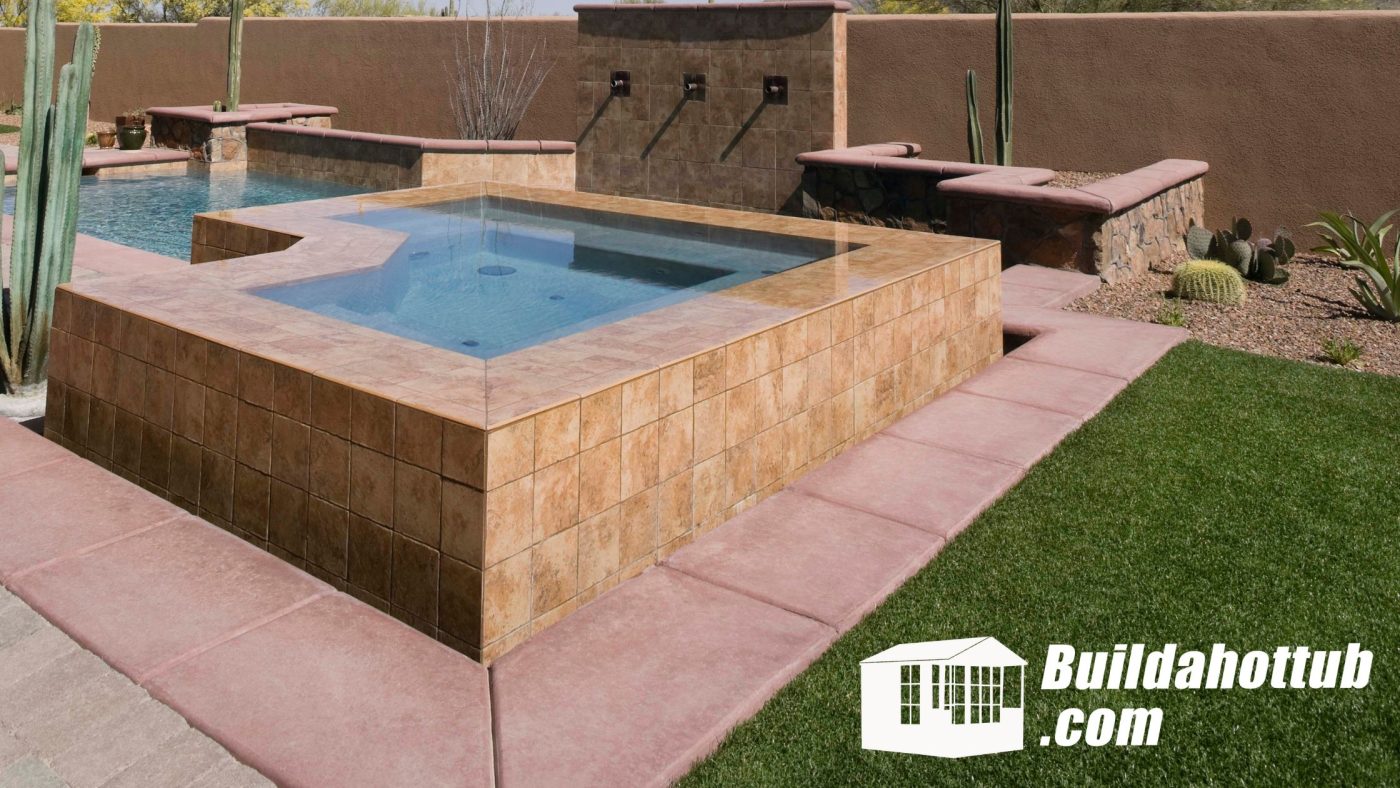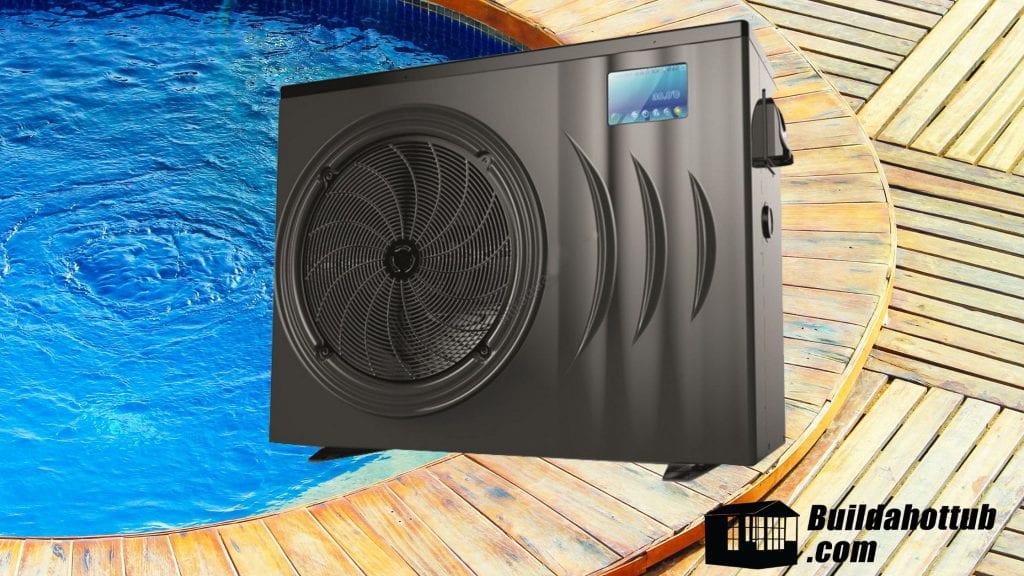If you’re considering investing in a swim spa, one of the first questions that probably comes to mind is, “what does a swim spa cost?” After all, swim spas are not exactly cheap, but they do offer a range of benefits that make them an attractive option for many homeowners.
In this blog post, we’ll dive into the cost of a swim spa and explore what factors influence the price. Whether you’re looking for a compact swim spa to fit in a small backyard or a large swim spa for your entire family to enjoy, understanding the costs involved can help you make an informed decision.

